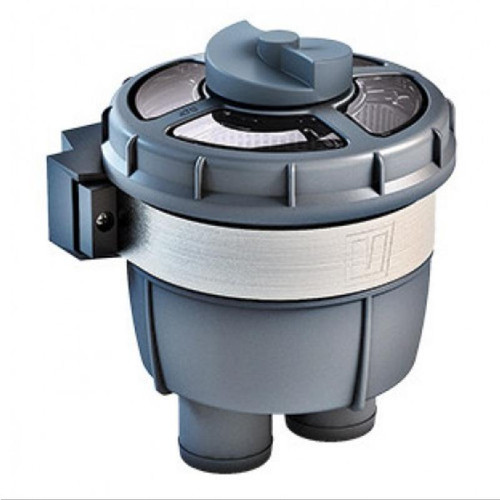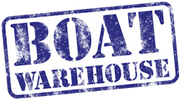-

Vetus
Vetus Cooling Water Strainers - FTR330 Type
This water strainer is available for 6 different hose connections. All VETUS cooling water strainers are provided with a transparent cover, allowing easy inspection of the filter without dismantling. Cleaning of the filter can be achieved quickly and...
-

Vetus
Vetus Cooling Water Strainers - FTR470 Type
Easy mounting with 360º rotating wall bracket This strainer is supplied with a rotating stainless steel (AISI 316) wall bracket for easy alignment of the hose connections and clamping it securely in place. This eliminates the need for back-bolting...
-

Trudesign
TRUDESIGN Aquavalve Angled Hose Tail - 120 Degree
Angled Tails suited to the most common sizes of tubing used in marine plumbing. Tails come packaged with a Blue Seal to allow fitting to be rotated to a more suitable position if required. Colour: White Part numberHose Tail DiameterAngleBSP...
-

TMC Marine Equipment
TMC Nylon Vented Loop
Manufactured from nylon, these vented plumbing loops are available in three sizes. Product CodeDiameterMounting SAW-45452 19mm One Screw SAW-45453 25mm Three Screw SAW-45454 38mm Three Screw
-

Trudesign
TRUDESIGN Aquavalve Angled Hose Tail - 90 Degree
Angled Tails suited to the most common sizes of tubing used in marine plumbing. Tails come packaged with a Blue Seal to allow fitting to be rotated to a more suitable position if required Colour: White Part numberHose Tail...
-

Trudesign
TRUDESIGN Vent Loop - White With Silicone Valve
Manufactured from a glass reinforced nylon composite for high strength and light weight. Silicone duck bill valve - Long life with no perishing or hardening. 3 screw mounting points give secure and easy installation. Chemical resistant - Impervious...
Plumbing, Sinks, Toilets & Pumps
The plumbing system on a boat is responsible for providing fresh water for drinking, cooking, and bathing, as well as for disposing of wastewater. The system typically consists of a freshwater tank, a wastewater tank, a pump, and a variety of pipes and fittings.
- Freshwater tank: The freshwater tank is where the fresh water is stored. It is typically made of plastic or fiberglass, and it is located in a secure location below the waterline. The tank is filled with fresh water from a shoreside dock or from a watermaker.
- Wastewater tank: The wastewater tank is where the wastewater is stored. It is typically made of plastic or fiberglass, and it is located in a secure location below the waterline. The tank is emptied by pumping the contents overboard.
- Pump: The pump is used to move the water between the tanks and to the faucets and appliances. It is typically an electric pump, but it can also be a manual pump.
- Pipes and fittings: The pipes and fittings are used to connect the tanks, the pump, and the faucets and appliances. They are typically made of plastic or stainless steel.
In addition to the basic plumbing system, some boats also have a hot water system. The hot water system typically consists of a water heater, a pump, and a variety of pipes and fittings. The water heater is used to heat the water in the freshwater tank. The hot water is then pumped to the faucets and appliances.
The sinks, toilets, and pumps on a boat are all connected to the plumbing system. The sinks are used for washing dishes, hands, and faces. The toilets are used for disposing of human waste. The pumps are used to move the water between the tanks and to the faucets and appliances.
The plumbing system on a boat is an important part of the boat's overall systems. It is important to keep the system clean and well-maintained to ensure that it works properly.
Here are some additional details about the plumbing, sinks, toilets, and pumps on a boat:
- Plumbing: The plumbing on a boat is typically made of plastic or stainless steel. It is important to use materials that are resistant to corrosion and that will not leach harmful chemicals into the water.
- Sinks: The sinks on a boat are typically made of stainless steel or fiberglass. They should be easy to clean and should be able to withstand the elements.
- Toilets: The toilets on a boat are typically either marine toilets or composting toilets. Marine toilets use a holding tank to store the waste, which is then pumped overboard. Composting toilets use a biological process to break down the waste, which is then stored in a container until it can be disposed of onshore.
- Pumps: The pumps on a boat are typically electric pumps. They should be able to move a large volume of water quickly and efficiently.
It is important to keep the plumbing, sinks, toilets, and pumps on a boat clean and well-maintained. This will help to ensure that the system works properly and that the water is safe to use.









